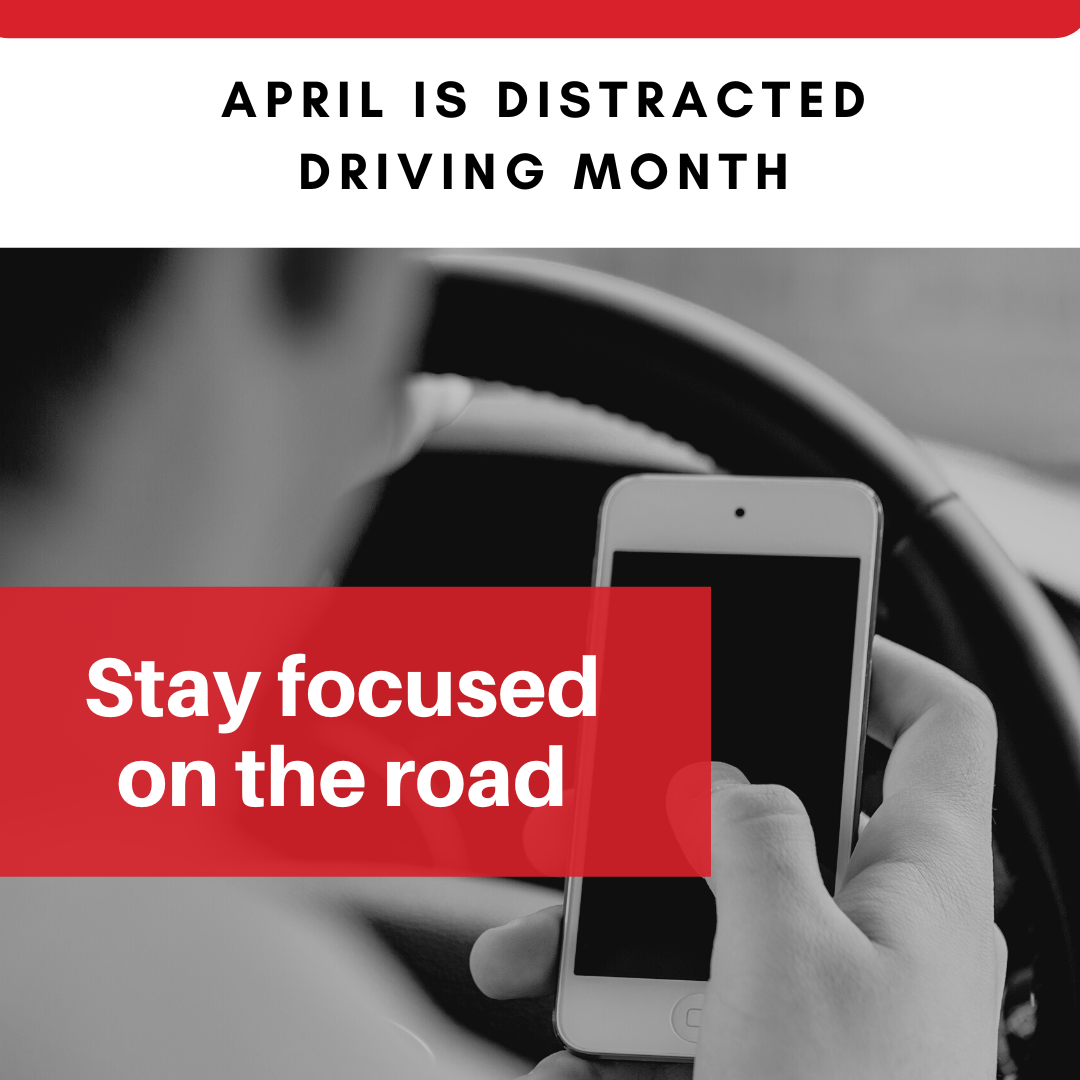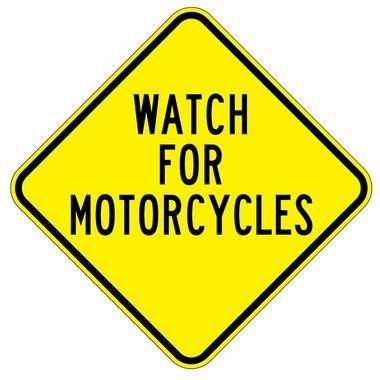While summer remains a high-risk period for children in cars, the threat of fatal heatstroke lingers throughout the year.
Tragically, while some heatstroke cases are genuine accidents (such as children inadvertently locking themselves inside a vehicle), many are entirely avoidable. Data reveals that over half of all vehicular heatstrokes occurred in the past twenty years because an adult forgot about the child in the car. Scenarios where the child dozes off, the parent intends to return shortly (but forgets), or the adult mistakenly thinks they’ve already dropped the child at daycare are increasingly prevalent. Such oversights are becoming all too frequent, highlighting an urgent need for intervention.
Heatstroke deaths of children in vehicles
According to the National Safety Council, the number of child hot car deaths in 2022 was 33. So far, in 2023, 16 deaths have been reported. On average, 38 children under 15 die yearly from heatstroke after being left in a vehicle. Nearly every state has experienced at least one death since 1998. In both 2018 and 2019, a record number of 53 children died after being left in a hot vehicle.
NoHeatStroke.org’s examination of media reports about the 938 pediatric vehicular heatstroke deaths for 25 years (1998 through 2022) shows the following circumstances:
52.61% - Forgotten by caregiver (496 children)
25.29% - Gained Access on their own (237)
20.28% - Knowingly left by caregiver (190)
1.81% - Unknown (17)
Proactive Measures to Safeguard Our Children
Keep Your Car Door Locked: Kids are Inquisitive: A child’s innate curiosity means that an unlocked car (be it the doors or the trunk) can tempt them. Once inside, younger children might not know how to exit, leading to over 25% of all vehicle heatstroke deaths. It’s crucial to lock your car consistently. It’s worth noting that even on a 60-degree day, the car’s interior can soar past 100 degrees.
Never Leave a Child Alone: Despite functioning air conditioning, rolled-down windows, or parking in the shade., a stationary car can become a furnace quickly. With a child’s body temperature rising five times quicker than an adult’s, what seems safe can escalate to perilous in minutes. Regardless of the duration of your absence, always bring your child along.
Stay Focused: The modern world bombards adults with stress and distractions, potentially contributing to these tragedies. Prioritize your children’s safety by always being aware of their presence in your car. Suggestions include placing essential items like your bag or mobile in the backseat, ensuring you check. Technological solutions such as car seat monitors and mobile apps can also send reminders if a child remains in the vehicle.
Be Proactive: If you spot a child alone in a vehicle, try to engage them. If they appear unwell or don’t respond, call 911 without hesitation. Most states’ Good Samaritan laws protect you if you must break a window to rescue a child. If the child seems fine, remain vigilant, locate the guardians, or use store intercoms to notify them.
Remember, awareness and attentiveness can save lives. Let’s work together to ensure our children’s safety, regardless of the season.










